Expansion of E-Sports
The 3D Gaming Technology Market is significantly influenced by the expansion of e-sports, which has transformed gaming into a competitive and spectator-driven activity. With millions of viewers tuning in to watch professional gaming tournaments, the demand for high-quality 3D gaming experiences has surged. The e-sports market is expected to surpass USD 1.5 billion by 2025, reflecting the growing investment in gaming infrastructure and technology. This trend encourages developers to create more sophisticated and visually appealing games, thereby enhancing the overall quality of the 3D Gaming Technology Market. As e-sports continues to gain traction, it is likely to drive innovation and attract new players, further solidifying its impact on the gaming landscape.
Rise of Mobile Gaming
The rise of mobile gaming is a pivotal driver for the 3D Gaming Technology Market, as more players turn to smartphones and tablets for their gaming experiences. The mobile gaming sector is projected to generate over USD 100 billion in revenue by 2025, highlighting the increasing popularity of mobile platforms. This trend compels developers to optimize their 3D games for mobile devices, ensuring high-quality graphics and performance. As mobile technology continues to advance, the demand for immersive 3D gaming experiences on handheld devices is likely to grow. Consequently, the 3D Gaming Technology Market must adapt to these changes, focusing on cross-platform compatibility and innovative gameplay mechanics to capture the attention of mobile gamers.
Emergence of Cloud Gaming
The emergence of cloud gaming is revolutionizing the 3D Gaming Technology Market by allowing players to access high-quality games without the need for expensive hardware. This model enables gamers to stream games directly to their devices, reducing barriers to entry and expanding the potential audience. The cloud gaming market is anticipated to reach USD 8 billion by 2025, driven by advancements in internet connectivity and streaming technology. As more players embrace this model, developers are encouraged to create visually stunning 3D games that can be easily accessed via the cloud. This shift not only democratizes gaming but also fosters innovation within the 3D Gaming Technology Market, as companies explore new business models and distribution methods.
Advancements in Graphics Technology
The 3D Gaming Technology Market is experiencing rapid advancements in graphics technology, which significantly enhances the visual experience for gamers. Innovations in rendering techniques, such as ray tracing and real-time graphics processing, are becoming increasingly prevalent. These advancements not only improve the aesthetic quality of games but also contribute to more immersive gameplay. According to recent data, the market for graphics processing units (GPUs) is projected to reach USD 200 billion by 2026, indicating a robust demand for high-performance graphics in gaming. As developers leverage these technologies, the 3D Gaming Technology Market is likely to witness a surge in consumer interest, driving sales and engagement across various gaming platforms.
Integration of Artificial Intelligence
The integration of artificial intelligence (AI) into gaming is reshaping the 3D Gaming Technology Market by enabling more dynamic and responsive gameplay. AI technologies facilitate the creation of intelligent non-player characters (NPCs) and adaptive game environments, enhancing player engagement. The market for AI in gaming is projected to grow at a compound annual growth rate (CAGR) of 30% over the next five years, indicating a strong trend towards incorporating AI-driven features in games. This integration not only improves the gaming experience but also allows developers to analyze player behavior and preferences, leading to more personalized gaming experiences. As AI continues to evolve, its influence on the 3D Gaming Technology Market is expected to expand, driving innovation and creativity in game design.


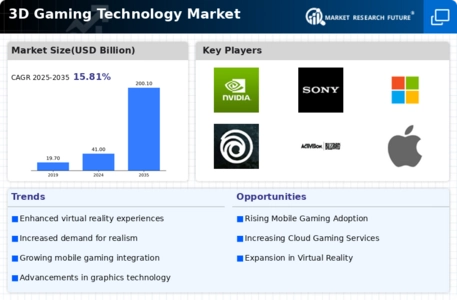
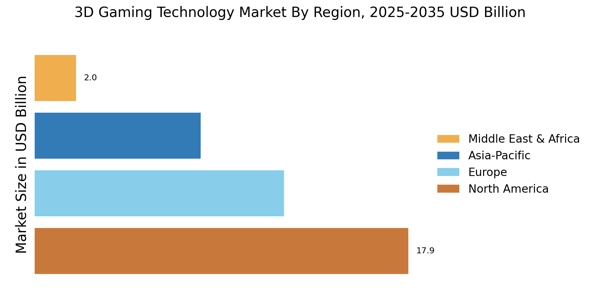
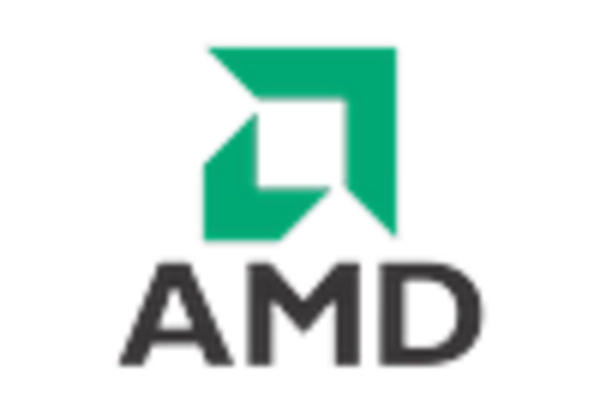
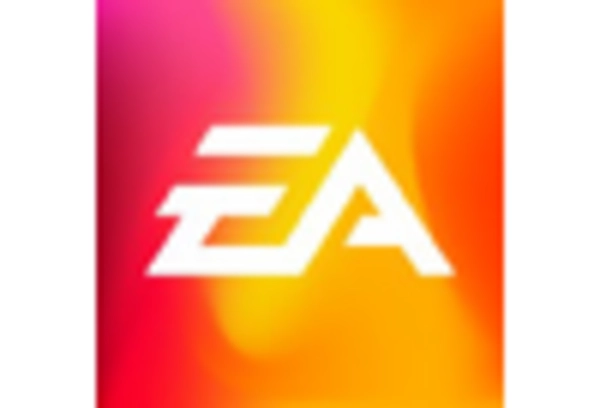


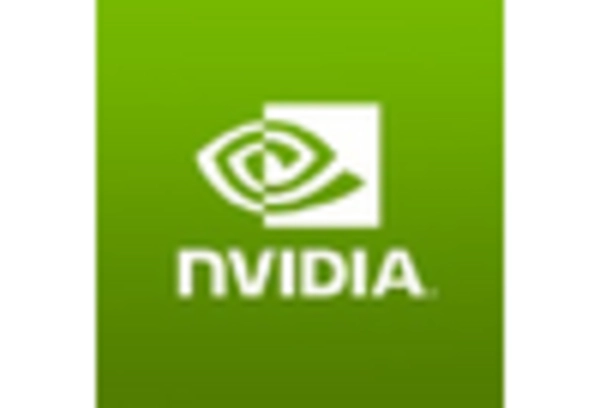









Leave a Comment